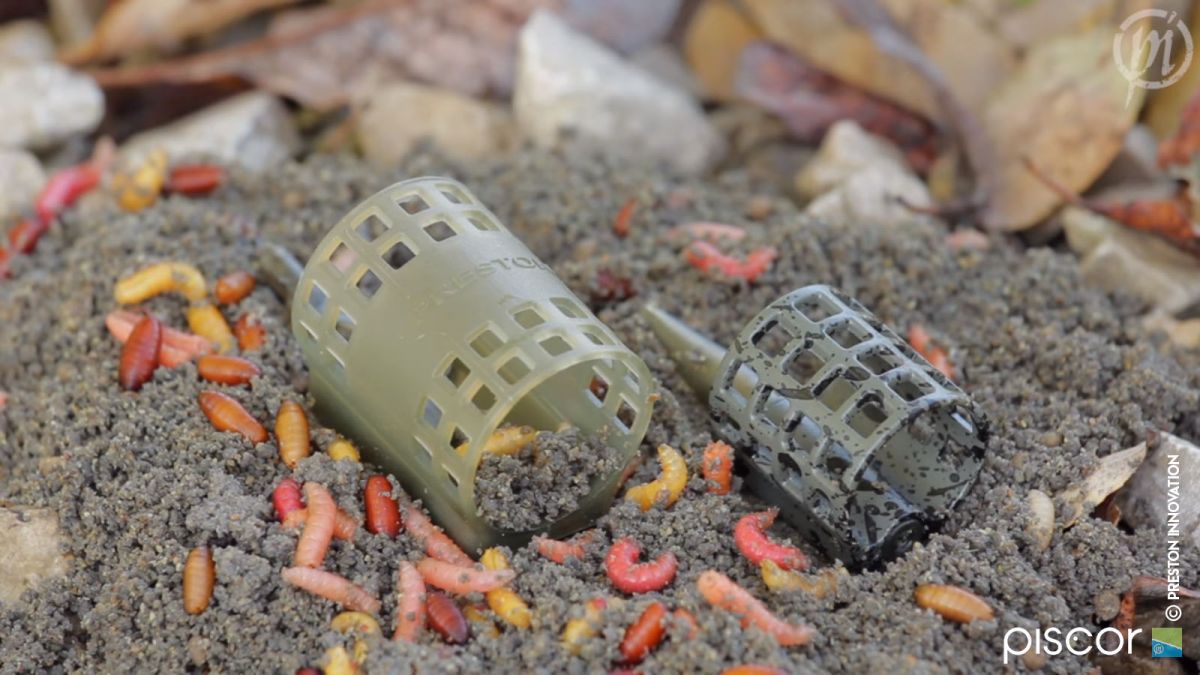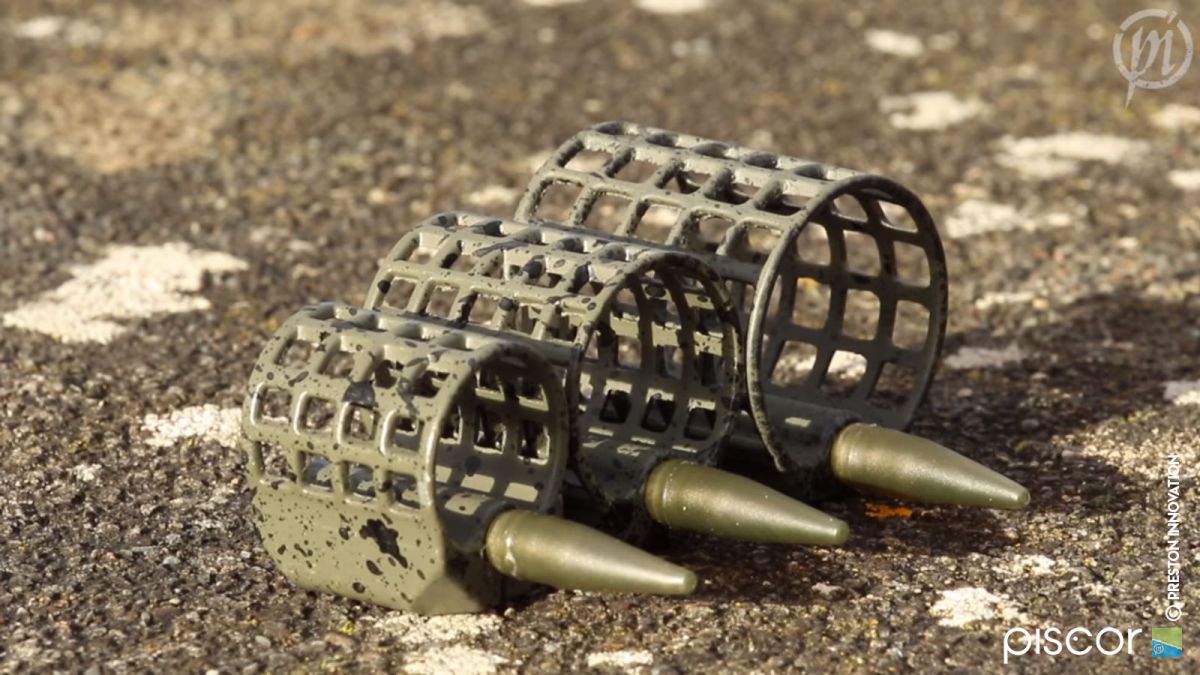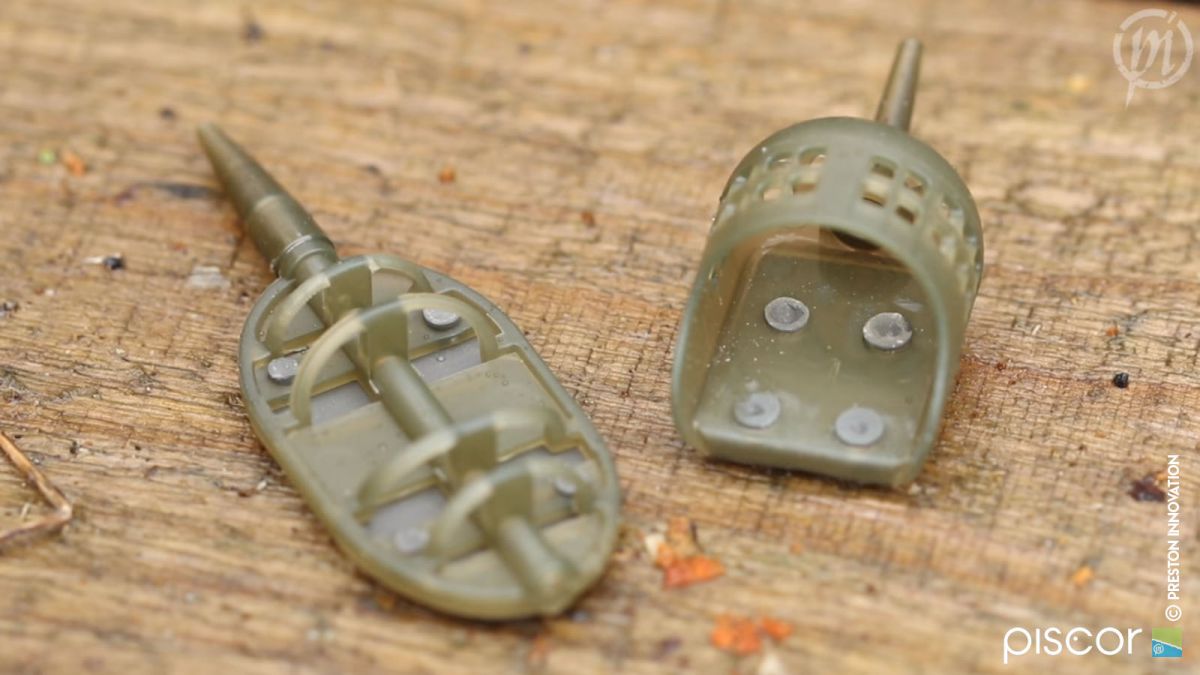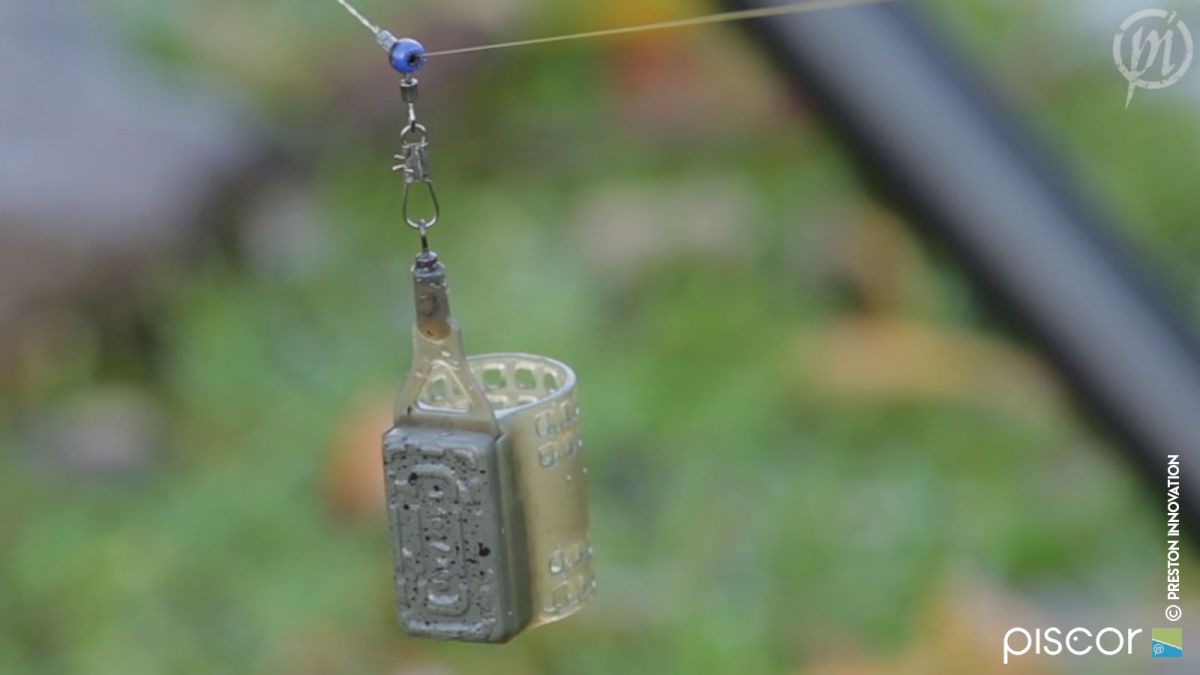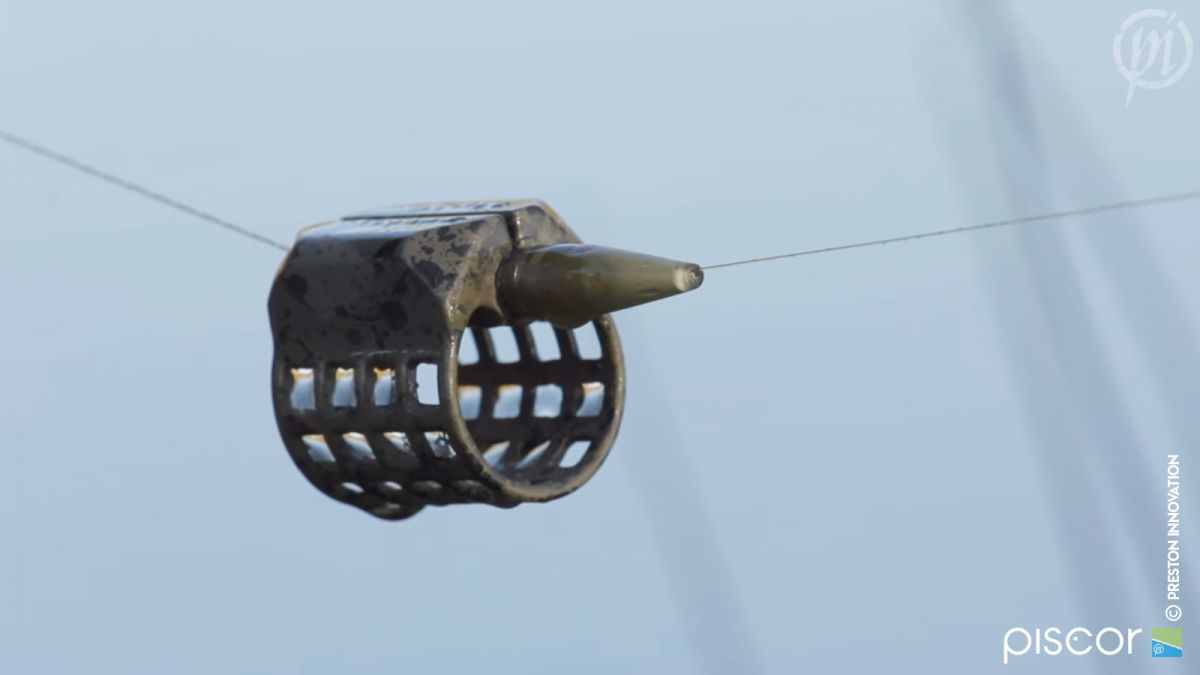After the brief introduction to this technique and after talking about the origins of this technique and the basic gears (rods and reels), today we enter into the heart of the feeder microcosm by talking about the tools that make ledgering technique truly unique: feeders.
Despite of the often disarming simplicity of these small accessories and the apparently obvious concept at the base of them, it took many years to refine shapes and models, in fact today we’re still waiting that the market offers new simple but at the same time revolutionary feeders.
What’s a feeder? A feeder is a small container that can be connected to our line to offer our preys a fair quantity of groundbait, exactly in the close proximity to the baited hook.
Who approaches to the feeder fishing technique will be soon aware of the fact that there’s a large variety of shapes, weights and dimensions of the different types of feeders on the market.
We’ve said that ledgering is a polyvalent technique, which allows to catch an incredible number of fish species.
Obviously also the baits change depending on the preys and, consequently, also on the groundbaits used.
But the use of different types of baits is not the only reason that explains the large variety among the different types of feeders.
Also the fishing environment peculiarities affects quite a lot, and for example fishing in still waters requires specific shapes, while fishing in running watersothers, in addition to different load balancing and different dimensions.
Another requirement that led to the creation of particular shapes is the casting distance, so if a feeder has to be loaded with maggots it needs a type of shape when it is used at short/medium distance, while can have a completely different shape for fishing at long distances.
So considering the great quantity of shapes and typologies it is often difficult, especially for beginners, to choose the right feeder.
Let’s see together a rapid overview of the main feeder’s categories: Block-end: this is the most classic one, it originated from the first handcrafted feeders made from the curlers, in fact it is essentially a small cylindrical container with holes and with 2 closed extremities.
On a side the feeder is plugged in a fixed way, on the other side the cap can be easily opened and closed in order to be filled with groundbait.
Its connection to the line is made by using a small hook, an elastic and a plastic shaft. They can be leaded or on the closed extremity in a fixed way or on a long side of the cylinder.
In the first case you will have a feeder that can be casted at long distances, instead in the second case you’ll have a less aerodynamic feeder but more stable in the water.
The shape can be cylindrical or flattened depending on whether is a feeder for still waters or for waters with strong currents.
Open-end: This is a directly derivation of closed feeders, obtained simply eliminating the closing caps at the two extremities.
The most classic one is a simple plastic cylinder with a flattened lead fixed in length and with holes to facilitate the groundbait’s leak.
These feeders were born to improve and quicken the leak of grounbaits derived from mix of meals and maggots and/or corn.
The connection to the line is usually fixed or directly to one extremity or to the lead, through an elastic, a small hook or a plastic shaft.
Cage Feeder : As the name said these are the well-known metallic “cages” (originally obtained by pieces of mesh of poultry enclosure!) with a coupling for the line and a lead.
They are a particular type of open end feeder, and maximize the use of meals, especially in running waters.
Method Feeder: We can define the method feeders as an additional evolution of open end feeders, take to extremes to allow the most shrewd and oversize fish to benefit from the groundbait with more immediacy.
Essentially this is a lead slab that usually has the shape of a drop, with a tube that allows the in-line assembly of the feeder, and of the attachments that support the retention of groundbait on the feeder.
The bait is presented in an agglomeration of groundbait and it is immediately accessible to fishes.
Other varieties of these models exist, with a sort of “spring” of metallic wire fixed as a spiral on a sliding tapered lead.
Pellet Feeder: the advent of ledgering, also in commercial environments as private lakes led to the development of ad-hoc techniques for such environments.
Among these the use of pellets as baits. So method feeders were born to spread pellets as groundbait, because they are in-line feeders (that is with a line that pass through them and not fixed in an extremity) with only a half of the body covered in order to allow to hold the wet pellets and to release them after in the water.
Sticky Maggot Feeder: This is a modification of pellet feeders with some holes on the covered part of the feeder and it is conceived specifically for the use of sticky maggots.
Floating Feeder: These are open end feeders that present a “dome” on an extremity made of floating material which allows the use of the feeder in fishing of suspended fishes, ensuring the possibility of baiting from the top and not exclusively on the bottom.
We’ll deepen this topic about these different feeders’ categories by seeing the peculiarities of use of each type.

